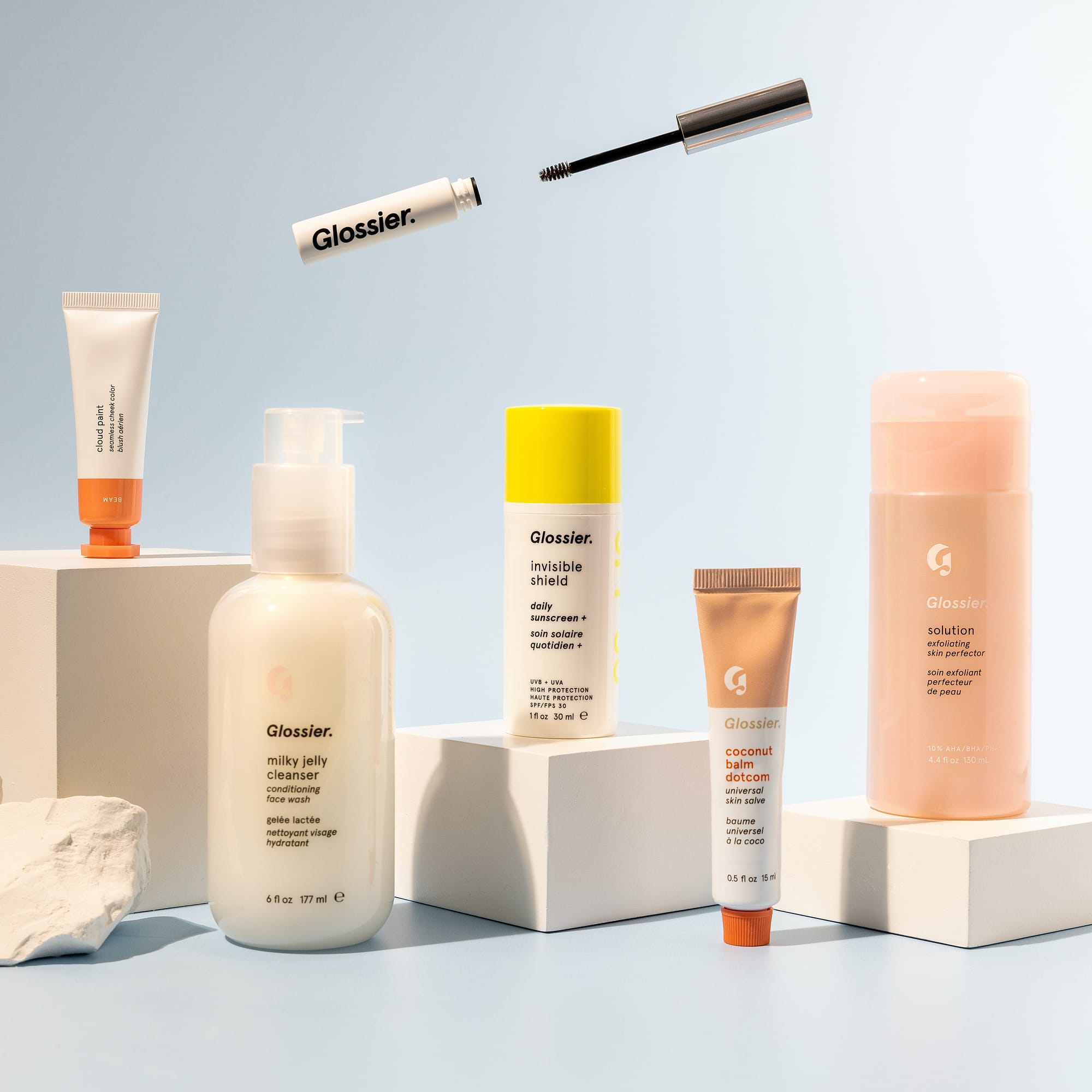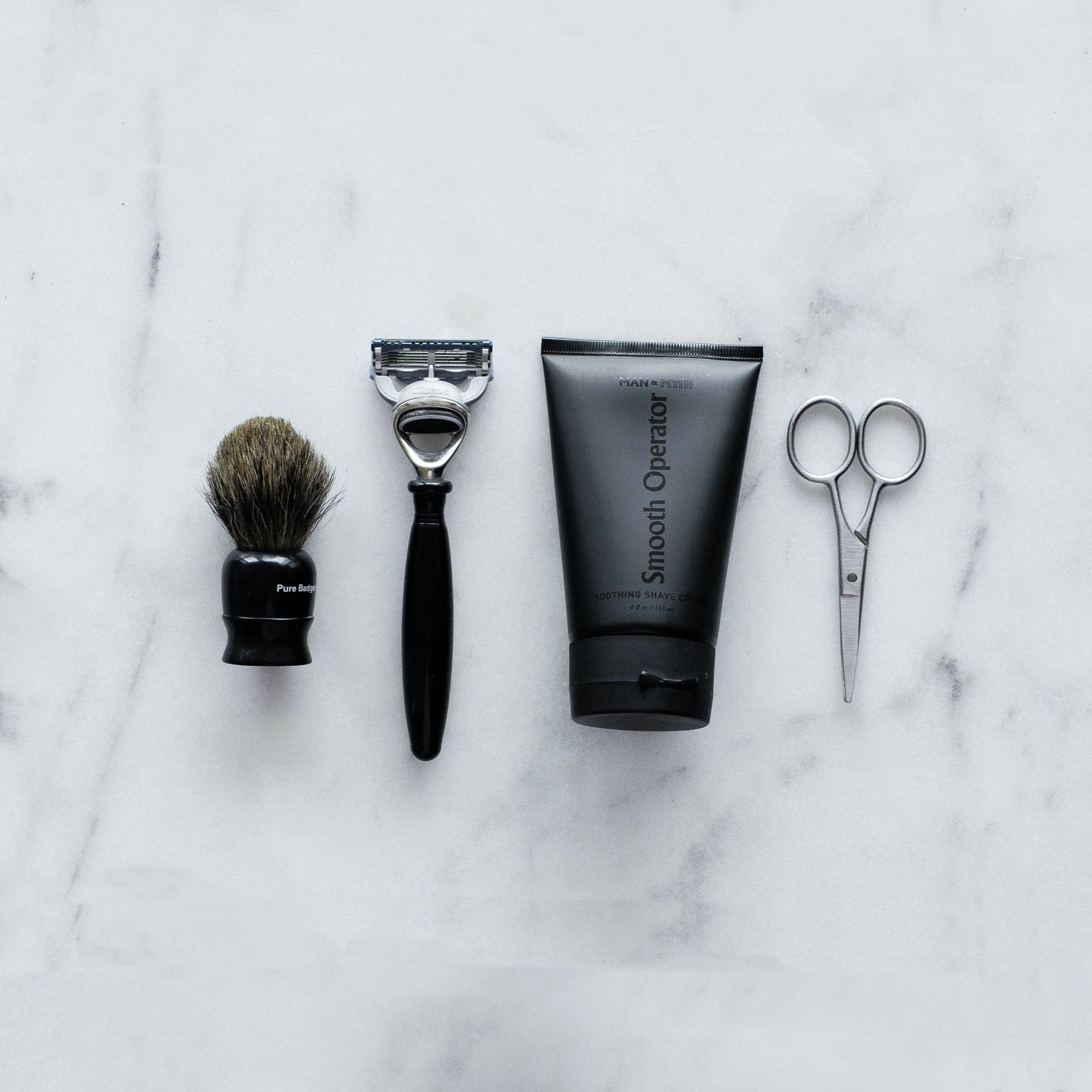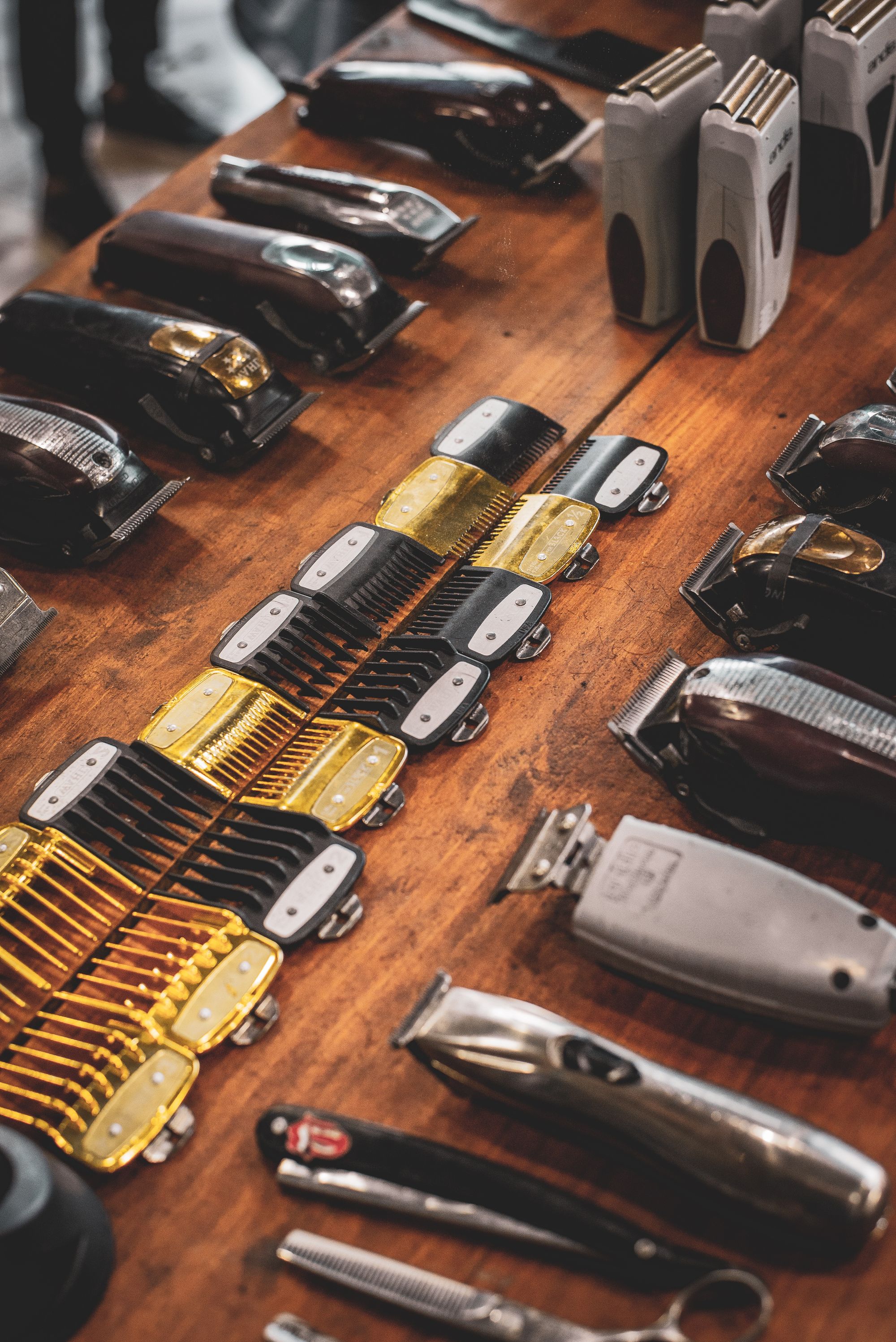Captive Product Pricing: Boosting Your Bottom Line
Mastering Captive Product Pricing: Learn the art of setting prices for companion products to maximize customer value and revenue. Dive into our expert insights

Captive product pricing is a strategic approach businesses use to maximize profits by selling additional products alongside a base product. This pricing strategy aims to capture customers and increase their overall spending by offering complementary or accessory products that enhance the user experience or provide additional features.
Typically, captive products are sold at a higher markup than the base product, resulting in higher profit margins. Customers who have already purchased the core product will likely be brand loyal and willing to invest more in compatible or supplementary items. For example, video game consoles are offered at a relatively affordable price, while video games, which are captive products, are priced higher.
Many industries use captive pricing as an industry standard. Coffee pods are sold as captive products for single-serve coffee makers in the coffee industry. Similarly, razor blades are sold as captive products for razors. Theme parks also employ this strategy by offering cheaper tickets as the primary product and charging additional fees for rides and attractions within the park.
Captive product pricing is an effective product-mix pricing strategy that generates higher profit margins and increases customer loyalty and satisfaction. By offering additional products at a higher markup, businesses can capitalize on their core products and provide customers with various options and features to enhance their overall experience.
Benefits Of Captive Product Pricing
Captive product pricing offers businesses several benefits, leading to increased revenue and customer loyalty. First and foremost, this strategy effectively drives recurrent sales of complementary products.
Businesses can significantly boost their revenue by selling captive products at a higher markup than the base product. For instance, video game consoles are often sold at an affordable price, while the accompanying video games are priced higher, creating a recurring revenue stream.
Captive product pricing helps to build brand loyalty among customers. When customers invest in a core product and then continue to purchase compatible or supplementary items, they become more deeply connected to the brand. This loyalty leads to repeat purchases and increases the likelihood of word-of-mouth recommendations, further expanding the customer base.
Additionally, captive product pricing promotes additional purchases. Offering complementary products at a higher price encourages customers to explore and invest in these items. This drives up sales and improves the overall user experience by providing customers with a more comprehensive solution.
Video Source: B2Bwhiteboard / YouTube
Moreover, captive pricing enables businesses to implement a flat pricing model for their core products. Businesses can attract a broader customer base by pricing base products at a more affordable rate. This, in turn, increases the potential audience for captive products, as more customers are likely to consider purchasing accessories or add-ons due to the initial affordability of the core product.
Lastly, captive product pricing encourages customers to buy accessories. By positioning additional products as essential to maximize the benefits of the core product, businesses can increase their accessory sales. For example, cell phone companies often offer wireless plans at a competitive price while charging extra for additional features or accessories such as headphones or chargers.
Types Of Captive Products
Captive products come in various forms, catering to different industries and customer needs. One type of captive product is an accessory product, which enhances or complements a core product's functionality.
Examples include phone cases, straps for fitness trackers, or game controllers for video game consoles. Another type is optional product pricing, where businesses offer additional features or add-ons that customers can purchase alongside the base product.
This can range from advanced features in software or apps to specialized attachments for coffee makers. Also, captive product pricing can apply to physical products requiring ongoing replenishment, such as coffee pods or razor blades.
Businesses can effectively maximize sales and build customer loyalty by understanding the different types of captive products and tailoring pricing strategies.
Physical Products
Physical products can be crucial in a captive product pricing strategy by enhancing the core product's value. These products are designed to complement and support the core product, providing additional features, functionality, or convenience to the user experience.

They are priced higher than the base product as they offer added value and often require additional investment in development, production, and marketing. Some examples of physical products commonly used as accessory products in captive pricing include:
Accessory bundles for video game consoles: These may include additional controllers, charging docks, protective cases, and other peripherals that enhance the gaming experience.
Coffee pods for single-serve coffee makers: These pods offer a convenient and mess-free way to brew coffee, making them an essential complement to the coffee maker.
Razor blades for shaving razors: The base razor may be sold relatively cheaply, but the replacement blades are priced higher as they need frequent replenishment.
Add-on features for cell phones: These can include cases, screen protectors, and external accessories like camera lenses or wireless headphones.
Additional features for coffee machines: This can range from milk frothers to automated cleaning systems, allowing users to customize their coffee experience.
By offering these physical products as part of a captive pricing strategy, companies can increase the overall value proposition for customers. While the base product may be priced at a competitive or affordable rate, the additional accessory products are priced higher due to their enhanced functionality.
This pricing approach is crucial to invest in the complete package, leading to higher customer loyalty and increasing the overall revenue for the company.
Additional Accessories
Additional accessories are crucial, in captive product pricing by enhancing the core product and adding value to the overall user experience. These accessories are priced higher than the base product and are designed to be purchased repeatedly, increasing the lifetime value of the core product.
These additional accessories come in various forms and are tailored to meet the needs and preferences of the customers. For example, in the gaming industry, accessory bundles for video game consoles, such as additional controllers, charging docks, and protective cases enhance gameplay and provide convenience.
These accessories are priced higher because they offer added functionality and versatility to the gaming experience. Similarly, in the coffee industry, coffee pods for single-serve coffee makers are additional accessories that complement the coffee maker and provide a convenient brewing solution.

These pods are priced higher as they offer the user a mess-free and hassle-free coffee brewing experience. Purchasing additional accessories repeatedly benefits customers by constantly improving and upgrading the functionality of the core product.
This enhances the overall user experience and adds value to the product by extending its lifespan and keeping it up-to-date with the latest advancements.
Additional accessories in captive product pricing significantly enhance the core product and add value to the user experience. The higher pricing of these accessories reflects the added value they bring. By purchasing these accessories repeatedly, customers can continuously improve the functionality of the core product and maximize its lifetime value.
Additional Products
Additional products play a significant role in captive product pricing strategies. These products are designed to enhance the functionality and value of the core product while offering customers a more comprehensive solution. Here are different types of additional products commonly used in captive product pricing strategies:
Consumable items: These products need to be regularly replenished or replaced. Examples include coffee pods for single-serve coffee makers or razor blades for shaving razors. Consumable items are priced higher because they are essential for the ongoing use of the core product.
Software upgrades: These are additional features or improvements in software updates or upgrades. They enhance the performance or add new functionalities to the core product. For example, video game developers offer downloadable content (DLC) or expansion packs to enhance the gaming experience. Software upgrades are priced higher as they provide advanced features or access to exclusive content.
These additional products enhance the core product in several ways. They offer convenience, improved functionality, or access to additional features. For instance, coffee pods provide a mess-free and hassle-free brewing experience, and software upgrades in video games offer new levels or characters, enhancing gameplay.
These products are priced higher due to their added value to the core product. The pricing reflects the cost of research and development, manufacturing, or licensing fees associated with these additional products. Moreover, pricing them higher also promotes customer loyalty and ensures a fair return on investment for the company.
Overall, additional products in captive product pricing strategies are designed to enhance the core product, provide added value to customers, and contribute to a more satisfying user experience.
Coffee Pods
Coffee pods serve as a perfect example of accessory products in the context of single-serve coffee makers like Keurig. Coffee pods, also known as coffee capsules, are small containers filled with ground coffee or tea designed to be used in compatible single-serve coffee makers. These pods are considered accessory products because they are not the main product (the coffee maker) but are necessary for proper functioning.

Regarding pricing, coffee pods are often priced separately from the coffee maker. The pricing strategy involves offering the coffee maker a relatively affordable price to attract customers while charging a higher price for the coffee pods. This is where captive product pricing comes into play.
Single-serve coffee makers like Keurig can generate additional revenue by pricing the coffee pods at a higher rate. Customers who invest in the coffee maker become captive to buying the specially designed coffee pods, ensuring steady sales over time.
This strategy increases profits and builds customer loyalty as users become accustomed to the convenience and user experience of the coffee maker and its compatible pods.
Razor Blades
Razor blades are one of the prime examples of the captive product pricing strategy. This strategy involves offering a core product, in this case, the razor handle, at a relatively affordable price to attract customers. However, the actual profitability lies in the complementary product, the refillable razor blades.
Razors and their refillable blades follow the classic Razor-and-Blade pricing model. The razor handle is the core product necessary for shaving, while the blades are the complemery product that needs to be regularly replaced. By pricing the razor handle at a lower cost, customers are enticed to make a one-time purchase, creating a customer base.
Once customers have invested in a particular razor handle, they become captive to buying the refillable blades designed explicitly for that handle. These blades are sold at a higher price point, generating significant revenue. The recurring nature of accessory product purchases for razor blades makes this pricing strategy highly profitable.
The captiveness of this pricing strategy is derived from the continued need for refillable blades and the fact that customers become accustomed to the convenience and user experience the razor handle provides. As a result, customers tend to stick with a particular brand and its refillable blades, building customer loyalty.
Strategies For Captive Product Pricing
Captive product pricing is a strategy that involves offering a core product at a lower cost to entice customers to make a one-time purchase while generating long-term revenue through the sale of complementary products.

This pricing model is highly effective in building customer loyalty and maximizing profit. Companies need to consider several factors carefully to implement a successful captive product pricing strategy.
They should focus on creating a captivating user experience with the core product, ensuring customers become accustomed to its convenience and features. In addition, the pricing of the complementary products should be strategically set at a higher price point to generate revenue over time.
Offering additional features or advanced versions of the core product can also incentivize customers to make repeat purchases, increasing their captiveness to the product line. By carefully designing pricing and product strategies, companies can effectively leverage captive product pricing to build a loyal customer base and maximize profitability.
Core Products at an Affordable Price Point
In captive product pricing, core products are crucial in establishing a strong foundation for a business. These products are the essential offerings that form the basis of a company's product line. It is important for businesses to offer core products at an affordable price point to attract and retain customers.
Determining core product pricing involves carefully considering demand and production costs. Companies analyze market trends, competitive pricing, and customer feedback to ensure the price is competitive and fair. Additionally, production costs such as material expenses, labor, and overhead costs are considered to ensure profitability.
Offering core products at an affordable price point is not only beneficial for customers but also for the company. This pricing strategy helps build brand loyalty by making the product accessible to a broader customer base.

Customers who find value in the core product at an affordable cost are likelier to become loyal customers and make repeat purchases. Moreover, an affordable price point encourages scalability, opening opportunities for customers to explore additional offerings within the company's product line.
Offering core products at an affordable price is a strategic approach to captivate customers and build a strong foundation for a successful business. By prioritizing affordability, companies can foster brand loyalty and create a scalable platform for future growth.
Complementary or Accessory Products with a Higher Price Point
In captive product pricing, complementary or accessory products with a higher price point play a crucial role in enhancing the core product and adding value to the customer experience. These products are designed to work with the core product, providing additional features and functionalities or enhancing the user experience.
By offering complementary or accessory products at a higher price point, companies can capitalize on the loyalty and satisfaction generated by the core product. These higher-priced products are strategically positioned to cater to customers seeking more advanced features or premium quality.
The pricing strategy behind these higher-priced products is to create a sense of exclusivity and added value. Customers willing to pay more for these products often perceive them as superior or more advanced, boosting their perceived value. The higher price point can also create a sense of scarcity, making these products aspirational for some customers.

Furthermore, the revenue generated from the sales of these higher-priced complementary or accessory products can help offset the costs of producing and marketing the core product, ensuring the profitability of the overall product line. This strategy allows companies to offer the core product at a more affordable price point, making it accessible to a broader customer base and fostering brand loyalty.
User Experience-Based Prices
User experience-based prices can be implemented effectively in the captive product pricing model by considering the value and perceived benefits customers derive from the core product. In this approach, the pricing strategy is directly influenced by the user experience offered by the product.
When customers perceive the core product to be of high value, they are more likely to be willing to pay a higher price for complementary or accessory products. This is because they believe the added features or benefits these higher-priced products offer will enhance their overall user experience.
For example, video game consoles often offer basic features at an affordable price, while advanced features anditional accessories come at a premium price.
Regular communication with the target audience is crucial in determining which features to offer in the core product and which ones to reserve for higher-tier products.

By understanding the needs and preferences of the target audience, companies can identify the features that would enhance the user experience and justify a higher price. Customer feedback and market research play a vital role in this decision-making process.
Implementing user experience-based prices also requires continuously evaluating and updating the pricing strategy. As customer preferences and market dynamics change, companies must adapt their pricing models accordingly.
Companies can ensure that their prices accurately reflect the perceived value and enhance the overall user experience by regularly interacting with the target audience and staying attuned to their needs.
User experience-based prices in the captive product pricing model consider the value and benefits customers associate with the core product. Regular communication with the target audience enables companies to determine the features to offer in the core product and those to reserve for higher-priced tiers.
By adapting their pricing strategy based on customer needs and preferences, companies can enhance the user experience and effectively implement user experience-based prices.
Base Product and Additional Items Sold Separately
In selling the base product and additional items separately, companies offer customers the option to purchase the core product independently from any additional items or accessories. This pricing strategy is commonly used for captive products, where the core product is priced more affordably than the accessory products.
By offering the base product at a lower price, companies can attract customers with a more affordable option. This allows them to capture a larger market share and appeal to price-sensitive consumers who may not be willing or able to purchase the additional items at a higher price. The core product serves as the entry point for customers, enticing them to purchase.
The value of this strategy lies in the fact that it offers customers the flexibility to choose which additional items or accessories they want. This allows customers to customize their purchases based on their needs and preferences, adding value to the core product. It also enables customers to make a one-time purchase of the base product and decide later if they want to invest in the additional items.

By selling the base product and additional items separately, companies can increase their revenue by encouraging customers to purchase beyond the initial core product. This strategy adds value to the core product and enhances customer satisfaction by allowing them to choose and personalize their purchase.
Captive Product Pricing Models
Captive product pricing models are strategies companies use to sell their base products at a lower price to attract customers and encourage them to purchase additional complementary products or accessories. Companies implement different captive product pricing models to maximize profits and customer satisfaction.
One popular model is the "razor and blades" model, where the razor serves as the base product, and the blades are the complementary product. Companies like Gillette sell their razors at a lower price but ensure that customers continuously purchase their razor blades priced at a premium. This model creates customer loyalty and recurring revenue.
Another model is the "core product with optional features" model. In this model, the company offers a base product with basic features at an affordable price and allows customers to purchase add-on features at an additional cost. For example, cell phone manufacturers offer phones with essential features and allow customers to buy advanced features like a higher-resolution camera or increased storage capacity.
The "base product with additional purchase" model involves selling a primary product at a discounted price, but customers must make additional purchases to utilize it fully. A classic example is game consoles, like PlayStation or Xbox, where customers must buy video games separately to enjoy the console fully.
Each pricing model has its own advantages and disadvantages. The razor and blades model creates customer loyalty but may discourage price-sensitive customers from purchasing.
The core product with optional features model allows customers to customize their purchase, but it may lead to confusion and decision paralysis. The base product with an additional purchase model attracts customers with a lower entry price, but some customers may find the additional purchases costly.
Frequently Asked Questions
What is captive product pricing?
Captive product pricing refers to a strategy where a company sells a primary product at a lower price to attract customers and then profits from selling complementary or accessory products at higher prices. This strategy is commonly used in video game consoles, coffee machines, and razors.
How does captive product pricing work?
Companies offer their core product, such as a gaming console or coffee maker, at an affordable price to encourage customers to make a one-time purchase. Once customers have bought the base product, they will likely continue purchasing additional accessories or complementary products. These additional purchases generate more revenue for the company.
Why is the captive product pricing strategy effective?
Captive product pricing strategy fosters customer loyalty as customers become invested in the ecosystem created by the primary product. Companies can establish a recurring revenue stream from loyal customers by offering affordable base products and then profiting from additional purchases.
Can you provide an example of captive product pricing?
A typical example is the sale of video game consoles. Companies often sell gaming consoles at a relatively low price and then profit significantly from selling video games and accessories. This pricing model allows them to reach a broader customer base while increasing their revenue through add-on purchases.
Is captive product pricing limited to physical products?
No, captive product pricing can be applied to physical and digital products as long as a complementary or accessory product can be sold alongside the primary offering.
How does captive product pricing benefit the customer?
Captive product pricing can benefit customers by offering them a fair price for the primary product while providing them with a wide range of additional features, add-on accessories, or optional products to enhance their user experience.
Can captive product pricing lead to a loss in customer loyalty?
While captive product pricing relies on customer loyalty to drive additional purchases, it is essential for companies to maintain a balance between offering affordable base products and ensuring that the additional products provide value to the customer. Listening to customer feedback and constantly improving the product line can help prevent a loss in customer loyalty.
Is captive product pricing suitable for all industries?
Captive product pricing is commonly found in industries where additional purchases can complement the primary product. Industries such as gaming, coffee, and personal care products are ideal for this strategy. However, it may not be suitable for industries where the primary product is a one-time purchase or if there are no feasible complementary products.
How does captive product pricing differ from other pricing strategies?
Captive product pricing focuses on selling the primary product at an affordable price while profiting from selling complementary or accessory products. Other pricing strategies may focus on offering different price rates for different product features or focusing on premium pricing for advanced features.
Can captive product pricing be applied to services?
In some cases, captive product pricing can be applied to service-based industries. For example,theme parks may offer discounted entry tickets and then generate revenue from additional purchases such as food, merchandise, or expedited access passes. However, it may require a different approach compared to physical product captive pricing.

